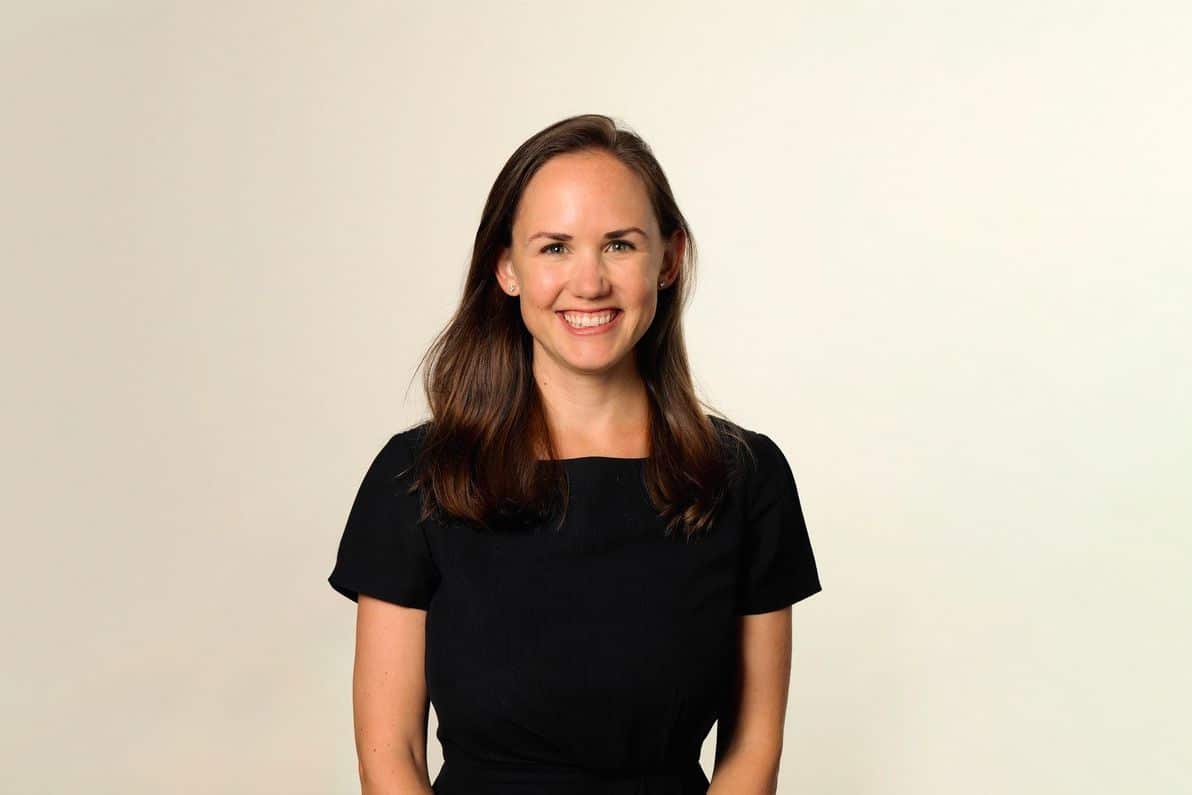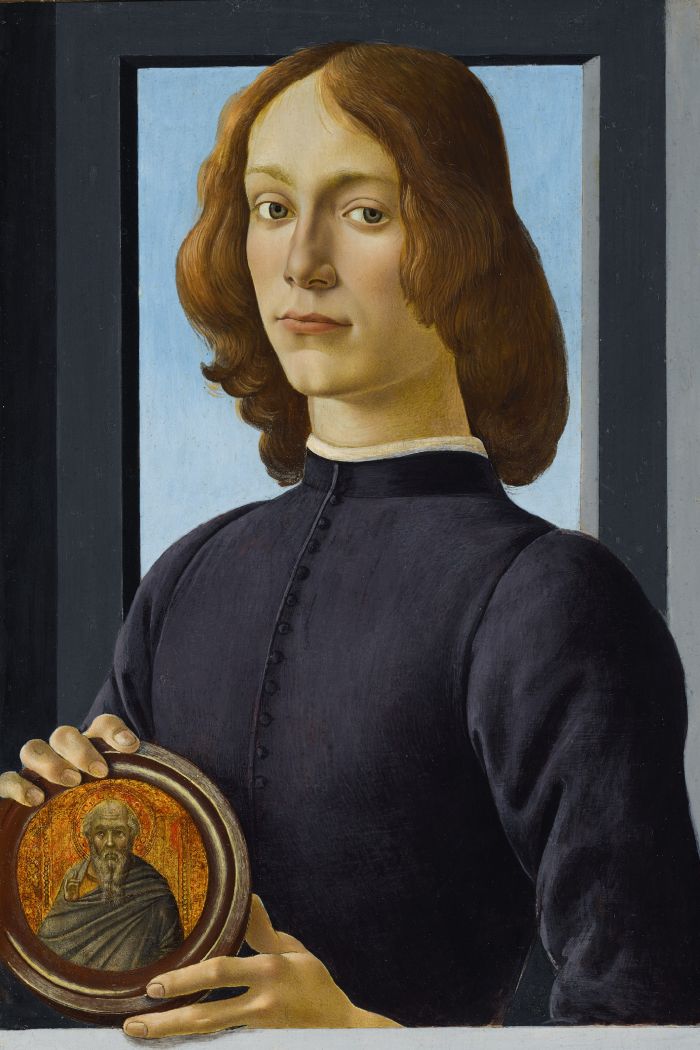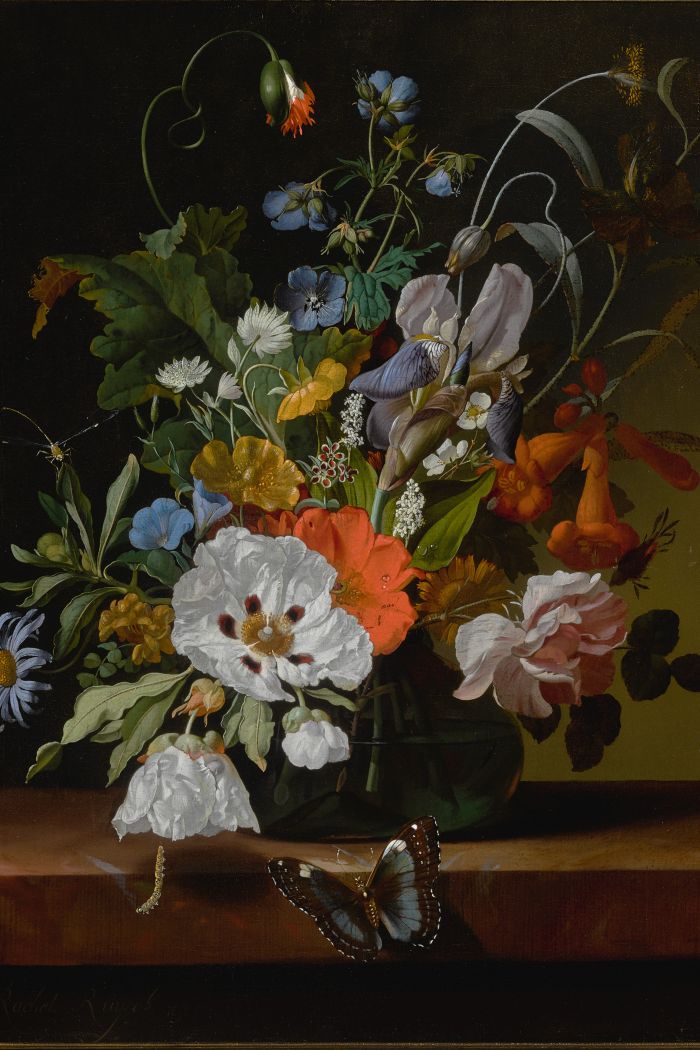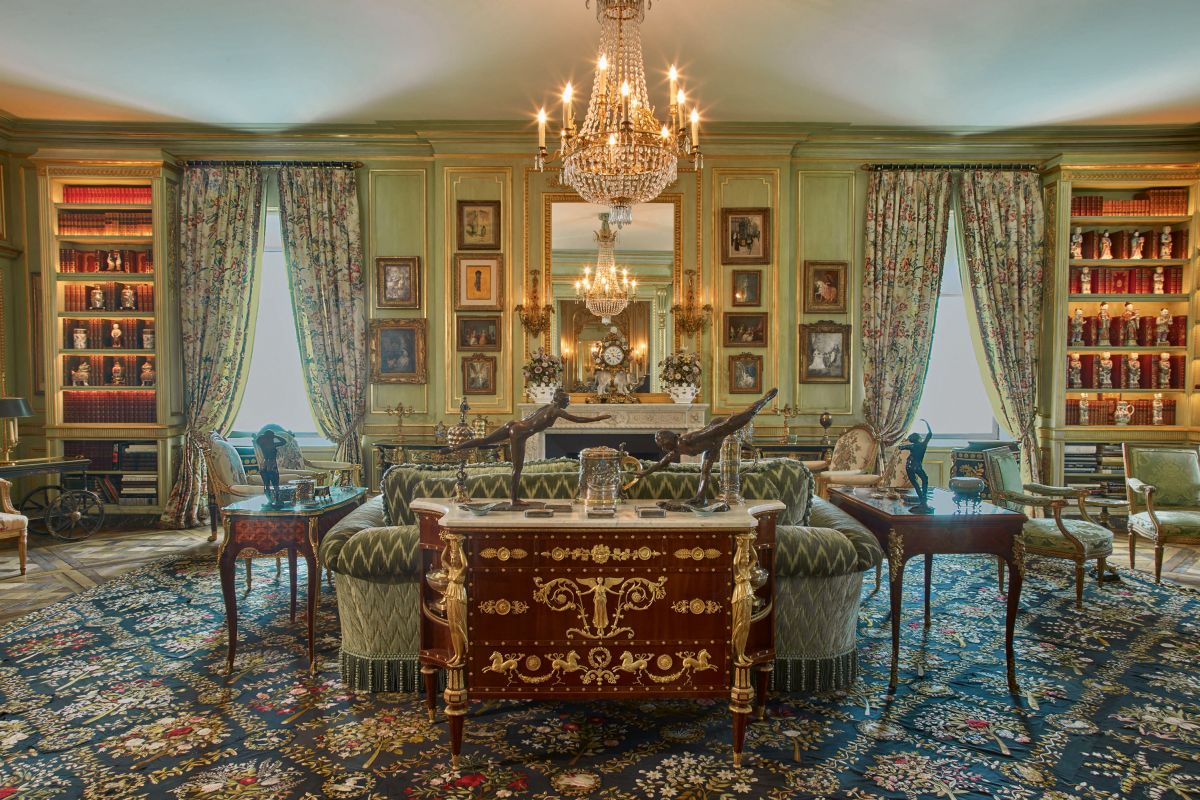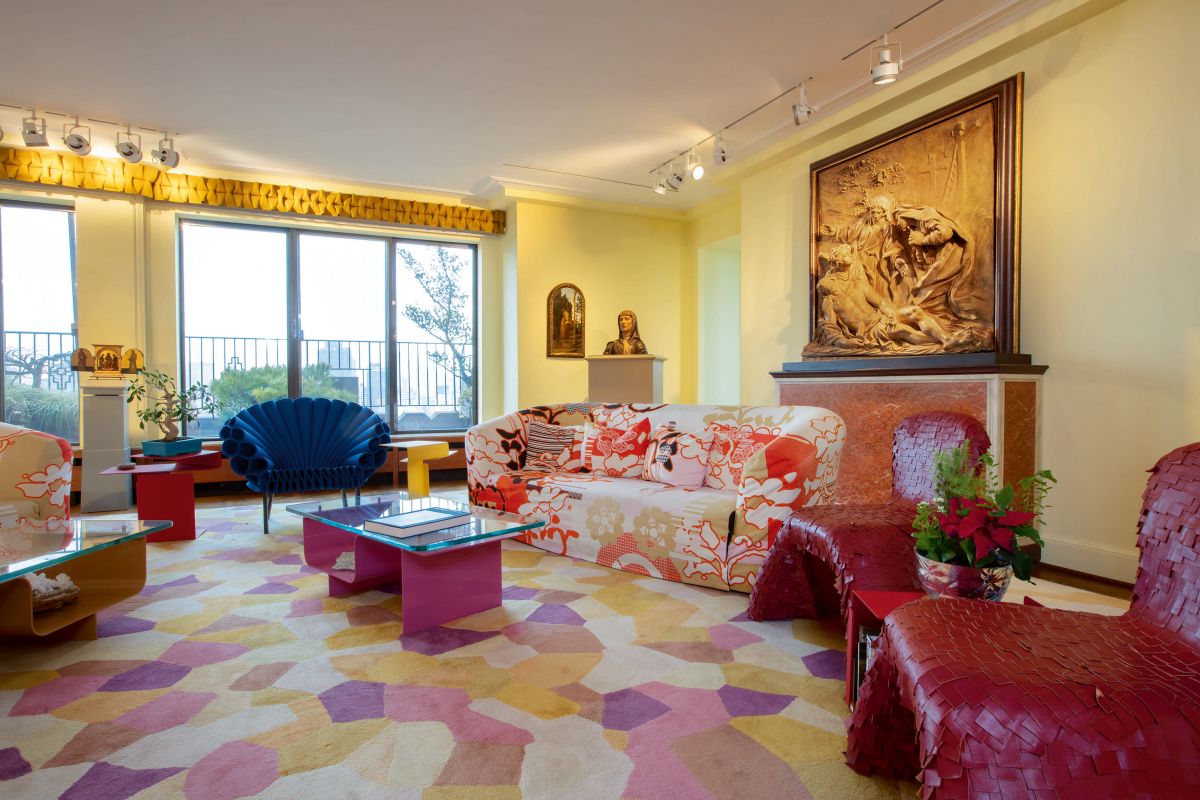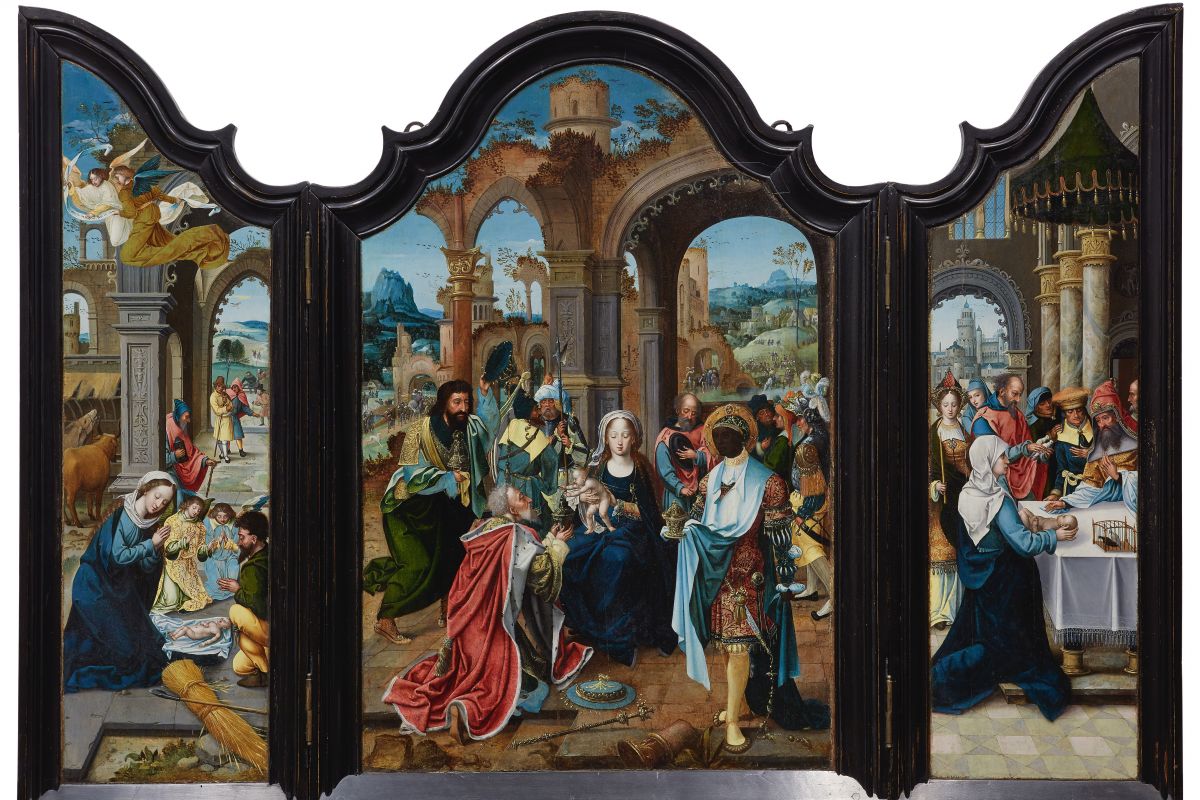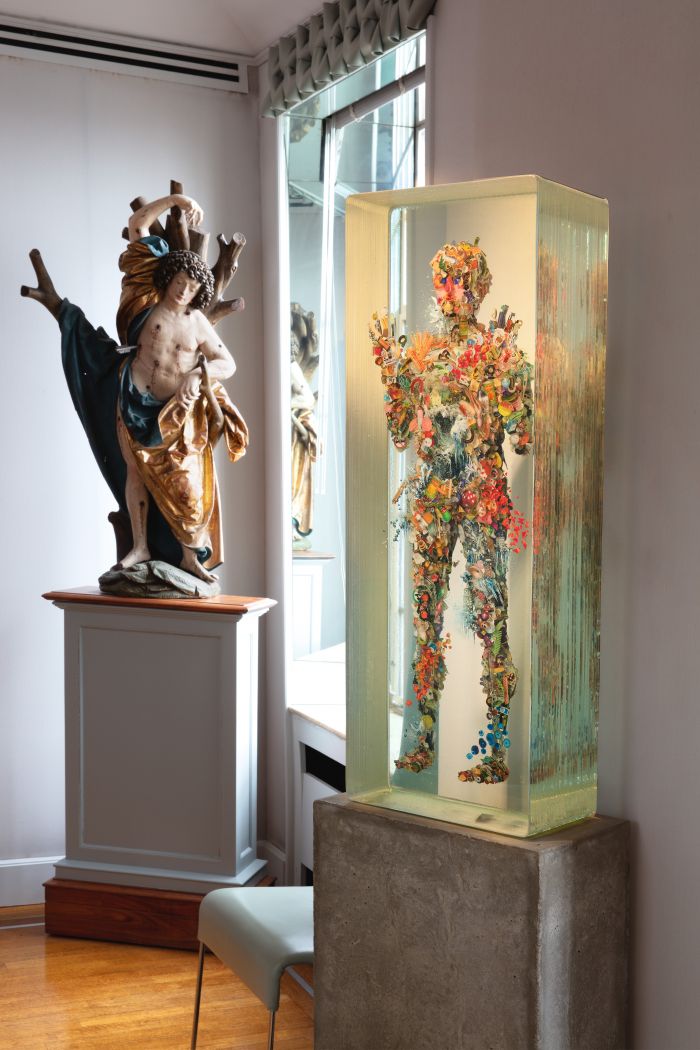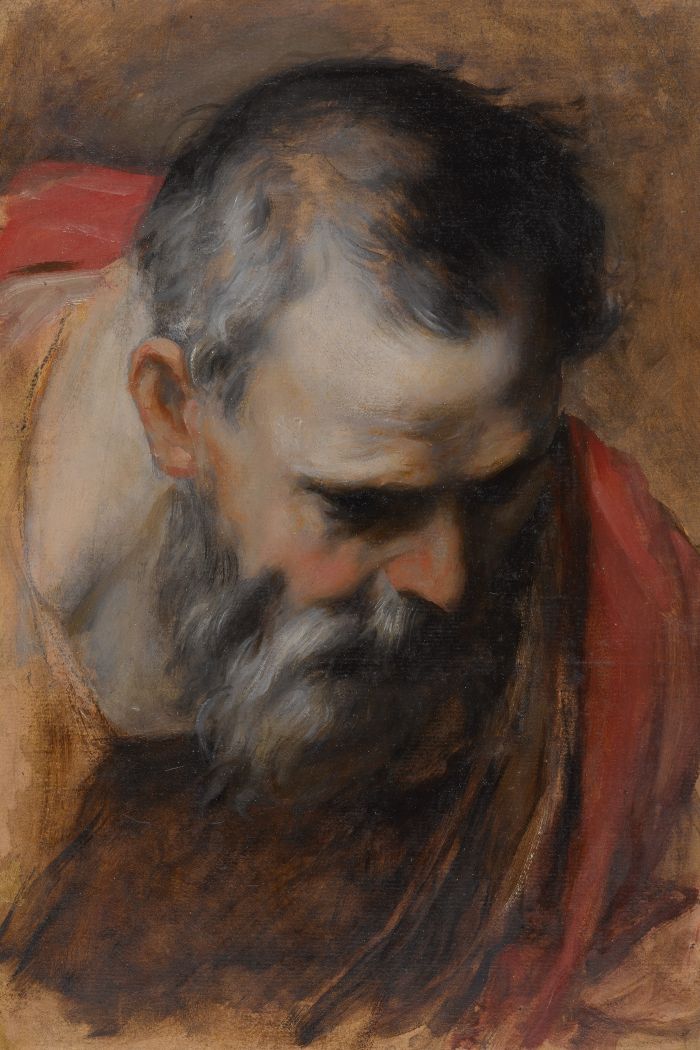What guidance would you give to a new client who is considering buying at auction for the first time?
Auctions can be intimidating, we all know that. But it is a great place to start a collection – as I’ve mentioned you can browse the previews or online catalogues for free, and there are a whole host of specialists ready to talk to you about the pictures. They are also a great place to find value, especially in some of our online sales where with a little extra browsing you can find wonderful pictures without huge price tags.
One thing I think is important to consider in a field like Old Masters is attribution. Most of the artist names you’ll see in our auctions are not household names, and frankly before I started in this business I wouldn’t have recognized many of them. There are also a lot of paintings that aren’t attributed fully to a known artist – whether they are from the “Circle of Titian” or simply “Venetian School” – auction houses have a range of classifications to let you know how close to the master the painting really is. It’s important to figure out what the attribution means exactly, or if it’s by a smaller artist, do a little research and figure out who he or she was. That sort of discovery can be exciting – and I do believe that in today’s market, buying A+ pictures from B or C artists is where you’ll find the best bang for your buck.
Another great place to start collecting is drawings and prints. Works on paper are less expensive, so if you are after the bigger names, this is where you can find them for more reasonable prices. Drawings have a wonderful immediacy to them that provides a great connection to the artist, and printmaking is an area where many artists experimented in ways they couldn’t afford to do in paint. Before I started at Sotheby’s I worked at an Old Master Prints and Drawings gallery in New York, and it was the best training I could have asked for.



